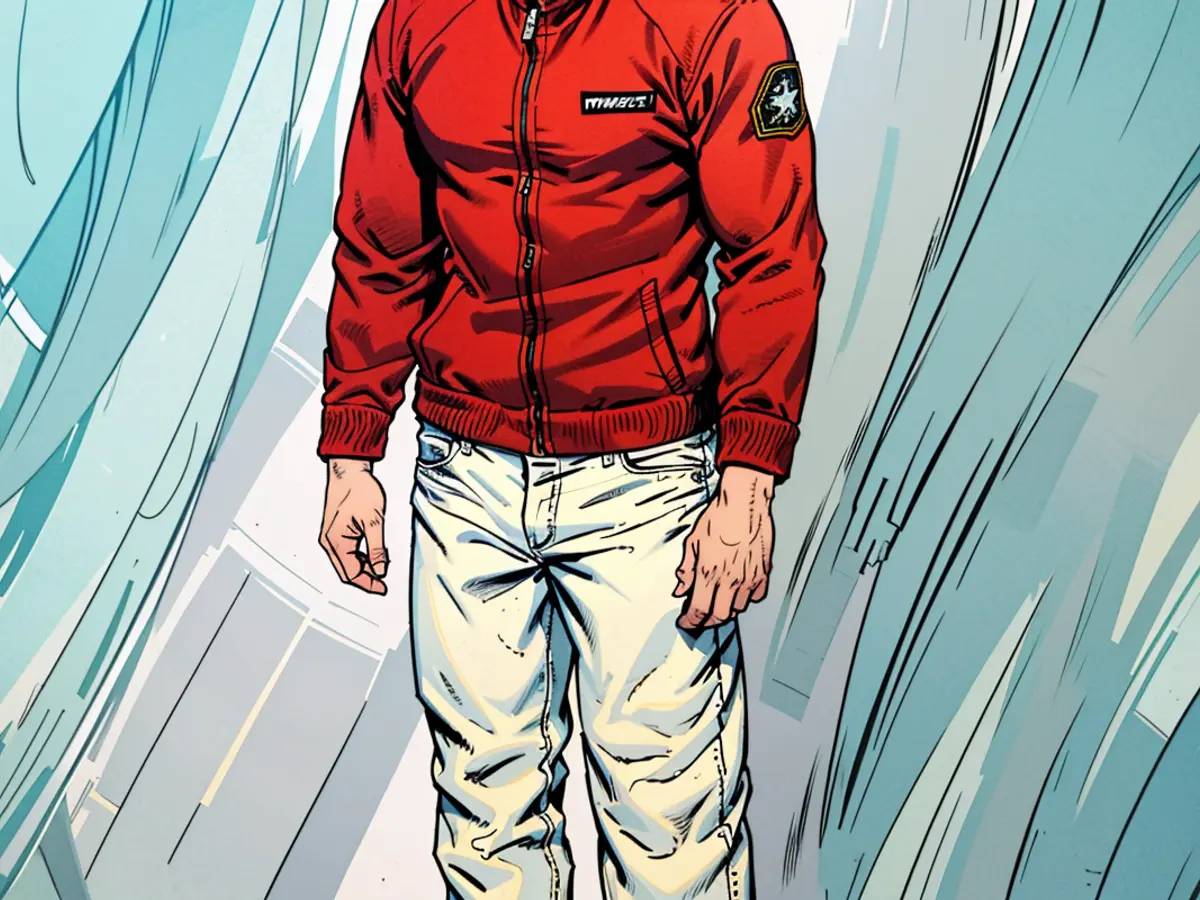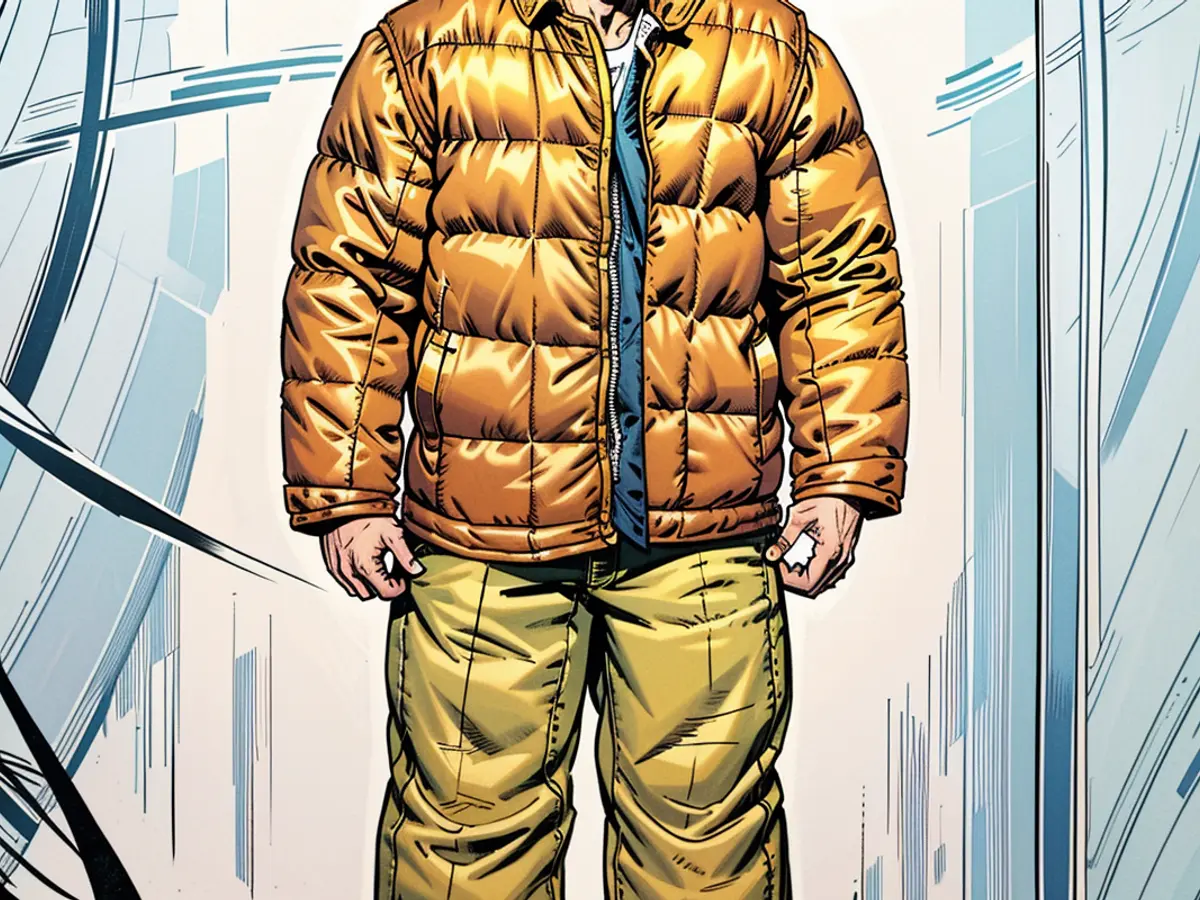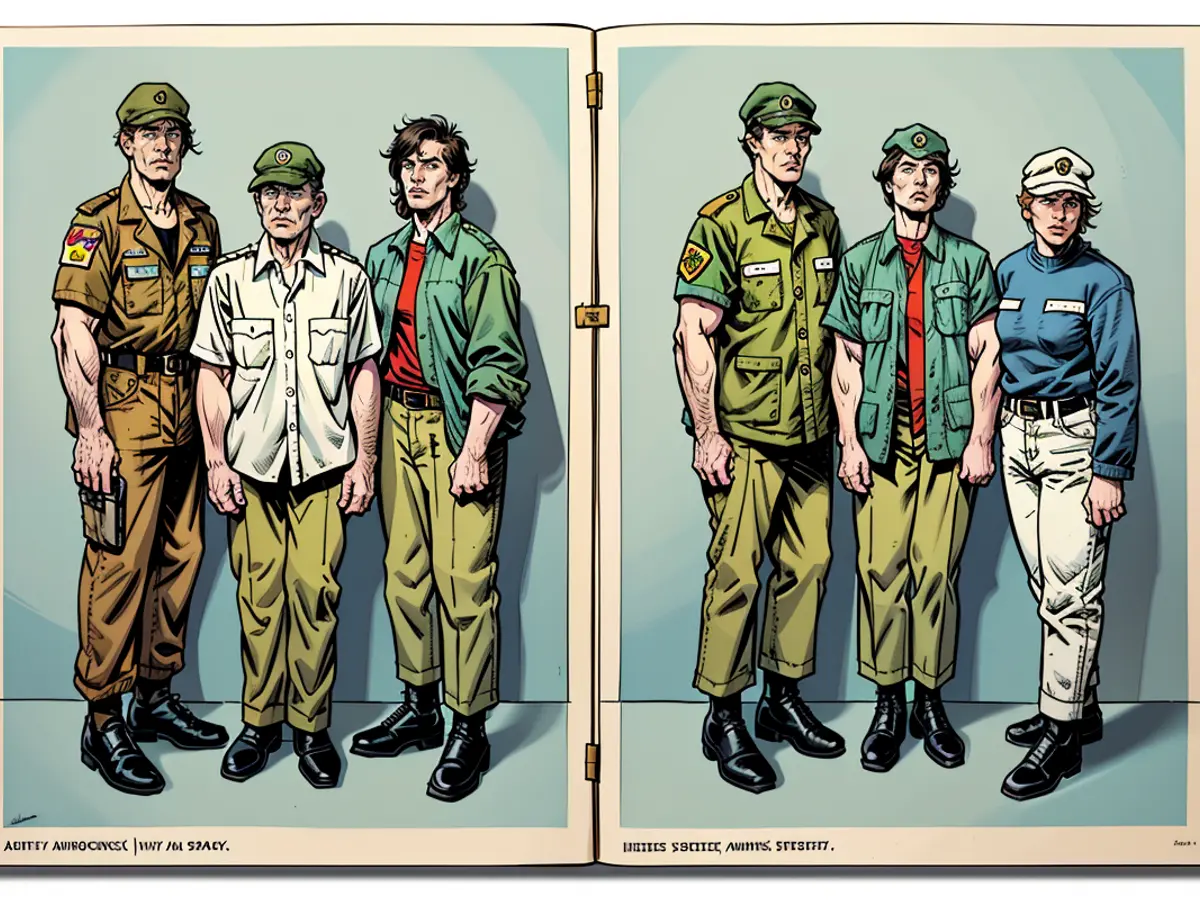Unveiled military images hailing from the 70s and 80s exhibit an aesthetic reminiscent of high-end fashion periodicals.
Matthieu Nicol, who isn't particularly fascinated by the military, revealed his true passion during an interview with CNN. He's actually a food photography enthusiast and an image editor, but his latest publication titled "Fashion Army" published by SPBH Editions, along with an exhibition at Les Rencontres d'Arles photography festival (now touring), delves into the transformation of military attire into sought-after fashion trends. The book showcases uniform prototypes, a continuation from his 2022 book "Better Food for Our Fighting Men."
Nicol's investigative work led him to the US Army's Natick Soldier Systems Center in Boston, not for weaponry, but functionality (mainly textiles). He stumbled upon a trove of declassified photos, out of which he selected 350 to be recontextualized in "Fashion Army." These images feature non-models representing various military branches donned in their uniforms.
Though Nicol's interest began with photography, fashion critic Angelo Flaccavento points out a noticeable fashion theme in the book, titled "Function is Form." Flaccavento notes, "The images in this book not only carry an inherent fashion quality, but they exude a prominent sense of 'now.'"

It is unclear why these photographs were produced (the US Army declined to answer Nicol's queries), but they hold the aesthetic appeal of a fashion portfolio. While the clothing may have been created for military purposes, their design often mirrors contemporary fashion trends. The pictures were captured between the late 70s and early 90s, a period bridging the end of the Vietnam War and the onset of the First Gulf War, Nicol mentioned.
Nicol commented, "They weren't intended for broadcast. The US Army is a self-contained society, and (while) these images aren't propaganda, they were designed to appeal and sell the prototypes to different sectors of the army."

The connection between the images and wider fashion trends is self-evident. One illustration of a man in a red fleece and quilted trousers, for instance, resonates strongly in 2024. Similarly, the onion-quilt pattern hints at the current fashion trend for liner jackets, led by brands like Uniqlo and Marfa Stance. Camouflage remains prevalent throughout the book, and the sunglasses evoke modern designer fashion.
Nicol noted, "These images bear striking similarity to Carhartt campaigns. My 15-year-old daughter, Pharrell Williams, and the Vuitton team all adopt camouflage patterns. It's intriguing to see how both high fashion and streetwear feature camouflage patterns."

The cover images display a man and woman in white protective vests, reminiscent of Helmut Lang's famed 1998 catwalk show featuring similar designs. Timotheé Chalamet wore an archive black leather version of these vests to promote Wonka in Las Vegas in 2023. Flaccavento emphasizes, "A fashion item captivates because it appeals to the eye first, but also because it carries symbolic value—be it status or modernity."
Military-inspired styles have been adopted by various subcultures for decades. Cheap army surplus stores influenced counterculture fashion in the 1960s, while the uniform of aughts indie bands like The Strokes was heavily influenced by military style. Pharrell Williams' SS24 debut for Louis Vuitton showcased a new camo mutation, a clear revival of the camo-heavy fabric Billionaire Boys Club, the label he co-founded with Japanese designer Nigo in 2003. Italian brands like C.P. Company and Stone Island continue to echo this influence, drawing inspiration from U.S. Army innovations.

Nicol remarked, "Besides being beautiful and well-made, what struck me about these images is that they use the same production methods we see today. When I showed the images to fashion industry friends, they showed me the websites of Acne Studios and Martin Margiela. The clothes and models look the same—yet these images are 40 years old."
"Fashion Army" by Matthieu Nicol is now available through MACK.

The fashion critic Angelo Flaccavento noticed a notable fashion theme in "Fashion Army," acknowledging that the images "not only carry an inherent fashion quality, but they exude a prominent sense of 'now.'" Losing track of military origins, the quilted trousers and red fleece worn by a man in one image resonate strongly with contemporary fashion trends in 2024, bearing a striking resemblance to items popularized by brands like Uniqlo and Marfa Stance.








